Listening walk
In short
A prerequisite of any dialogue, hence also the imaginative dialogue, is the sensitivity of listening. This is an exercise where the participants share their choice of place and a poem in their own language. The participants make recordings of their exploration and reading of the poem. Each participant is conscious of their differences and listens to the recording of others without forming a judgment. While listening, connection manifests itself between yourself, the other, and the surroundings.
Set-up
Exploring & making recordings – 20 minutes
Listening to the recordings- 20 minutes (can vary according to group size)
Participants
2-6 persons
Process
- Choose a poem in your own native language
- Take your poem and your phone and leave the building you are in and go for a 10-minute walk. Think about a place where you could sit down for a while and head there.
- Sit down and close your eyes. Listen, listen inside and outside (if you cannot sit down outside, look for a space you want to be inside).
- Start a sound recording on your phone and tell us where you are and what is happening there.
- Read or recite your poem to the recording and send it to your group members.
- Take a photo of the place where you are and send it.
- If you have time, listen to one or more recordings of your group members if you have time.
- After listening to each other’s poems and descriptions, please discuss your experiences with each other in your group.
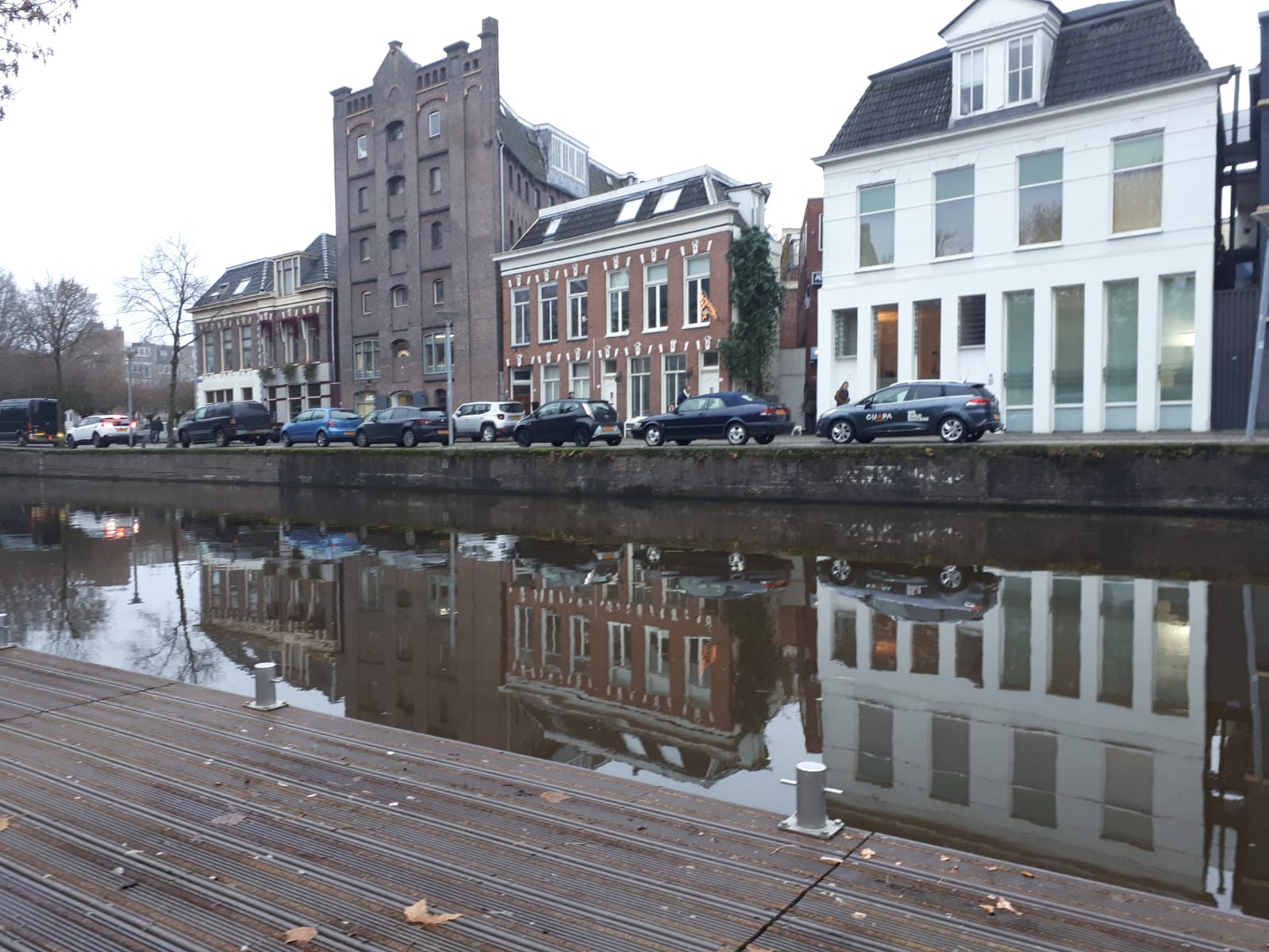



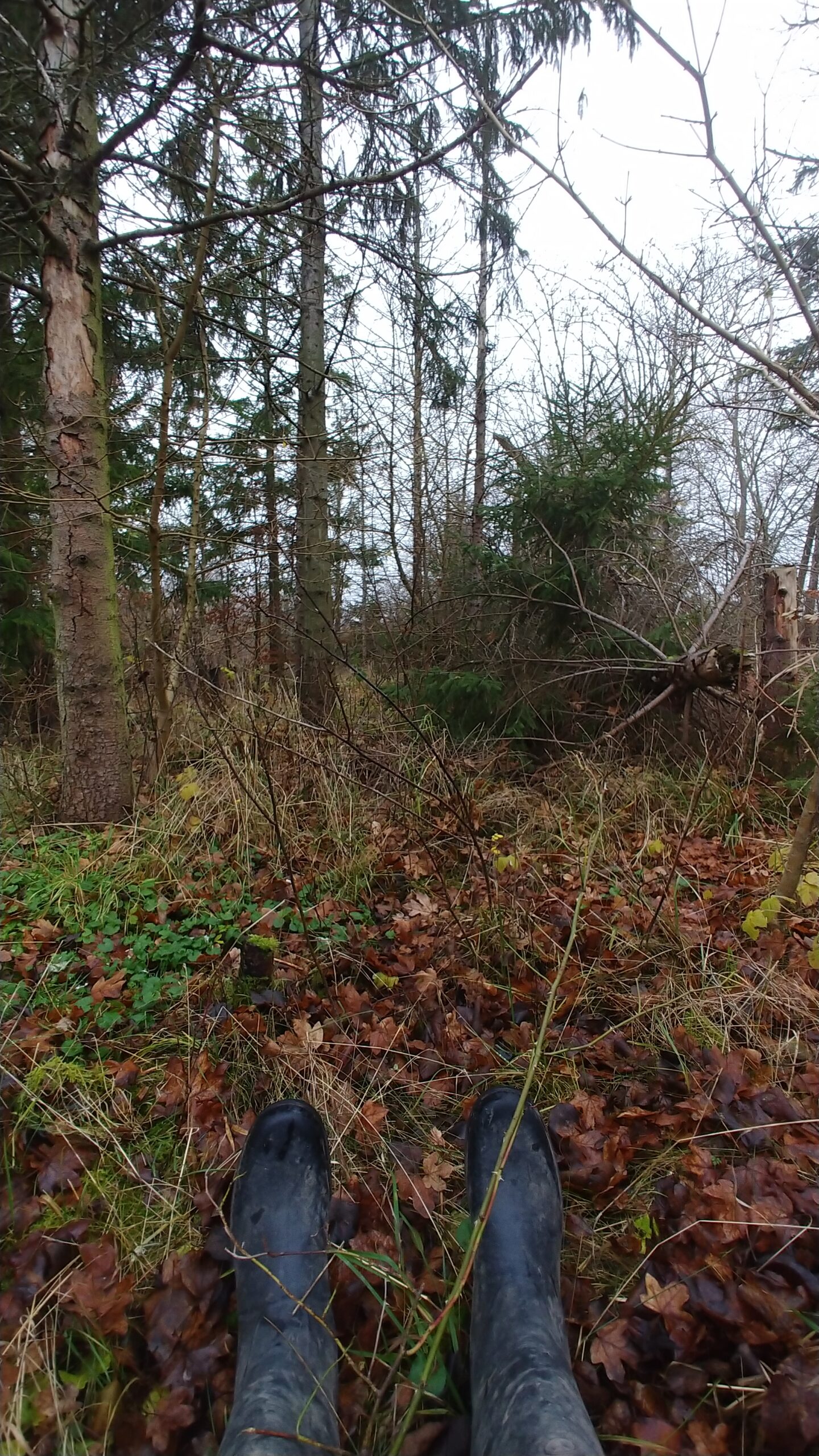
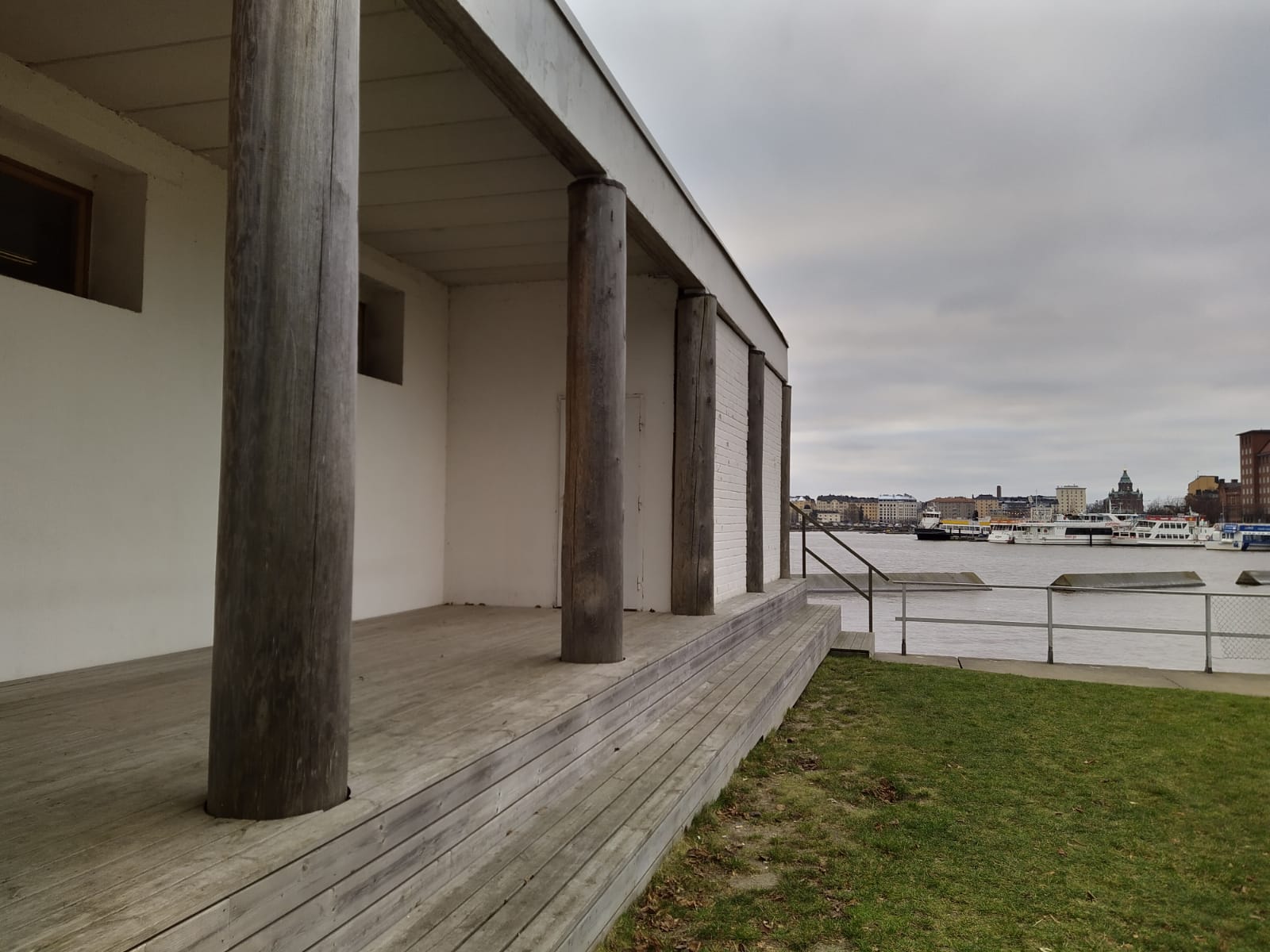
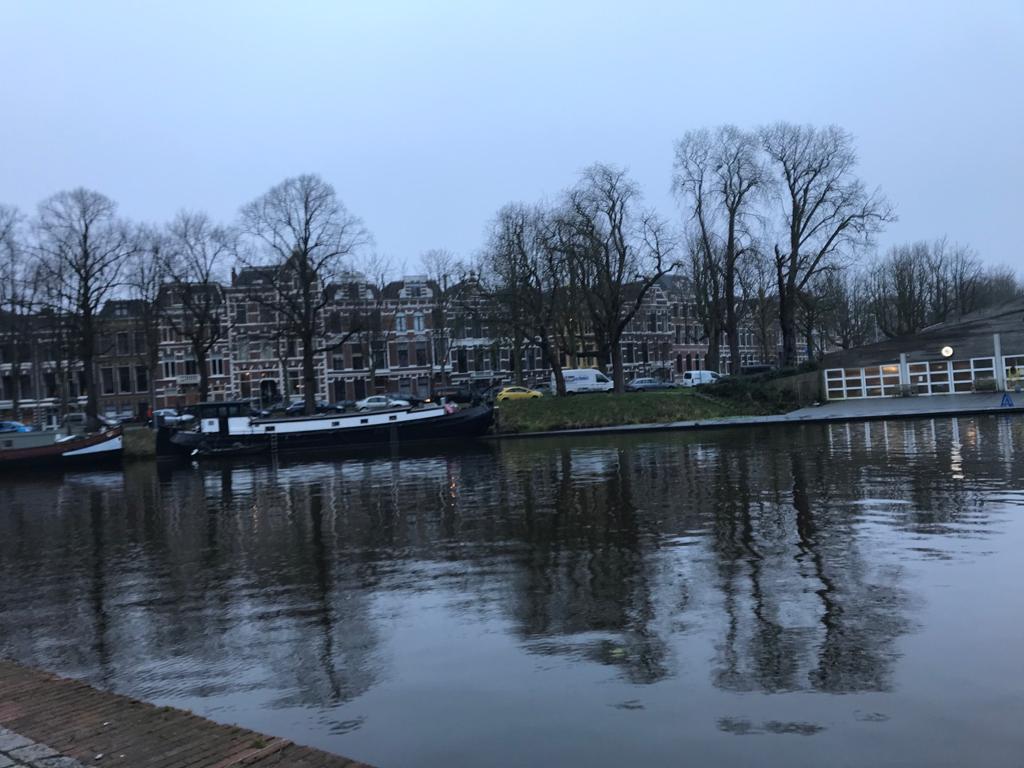

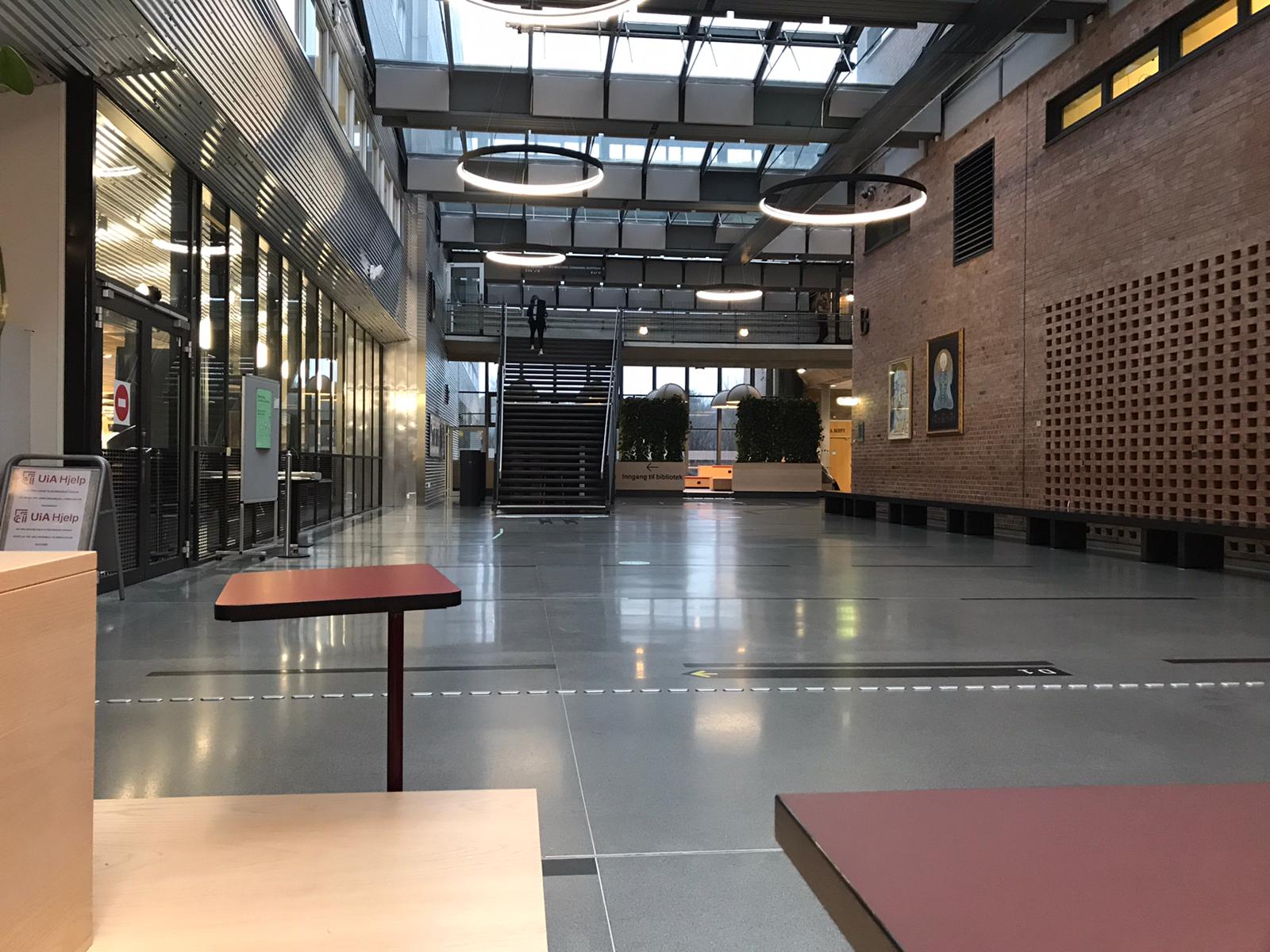
Evaluation
Possible questions for a short evaluation in a small group or collectively:
– Did you listen in different ways to yourself, to the surroundings and to the recorded voice of your partner? What kind of differences did you notice?
– How do you experience closeness and distance? Silence and sound? Voice and visuals?
– How do you experience different kinds of sounds, utterances and sounds from the environment?
Further reading:
A prerequisite of any dialogue, hence also the imaginative dialogue, is the sensitivity of listening. While listening, connections manifest themselves between yourself, the other, and the surroundings. Multiple forms of listening exist. Key to the imaginative dialogue is not the transfer of information, but the joint exploration of each other’s differences. The goal is to find and to create common values while containing the plurality of voices. Hence listening in the imaginative dialogue means providing space for another voice.
This form of listening sets off from an attitude of being available and present. Without any opinion or judgment, while being conscious of possible assumptions, the listener just listens. This is also understood as ‘listening like a midwife’ in Socratic dialogues. It implies being conscious of yourself and the other as someone who is always different from you.
Because you cannot understand the other structurally – you went through different experiences and you have different perspectives and frames of mind. – there is mainly silence. “It is the silence before birth: it is the space and time in which the other reveals him- or herself as another. Every word and every gesture understand the available listener as the birth of something new, instead of something that must be understood.” (van Rossum, 2020)
Mulvihill & Swaminathan (2020) report in a book that the walks the reader through arts-based educational research, five ways of pedagogical listening. Mainly the last three types are interesting for imaginative dialogue:
• Relational listening where we suspend judgment while listening at a time when others’ views are different from our own. The intent would be to improve our relationships.
• Appreciative listening is for enjoying sounds you like, engaging in a dialogue with a person whose company you like.
• Critical listening is for analysis and evaluation and is for going deeper into what is being listened to and examining parts and the whole.
Authors: Gudrun Beckmann and Gunndís Ýr Finnbogadóttir
